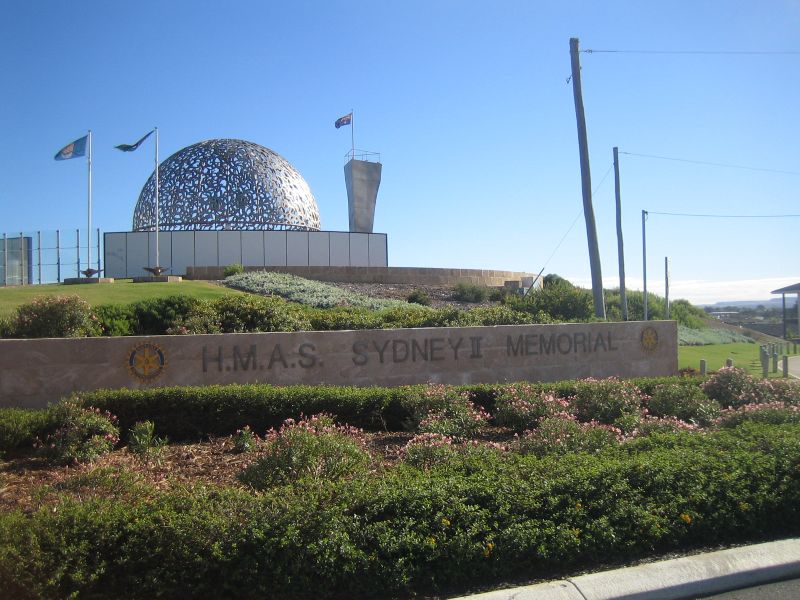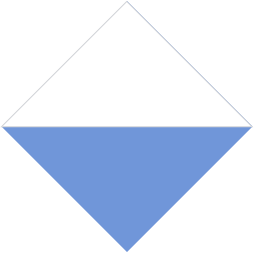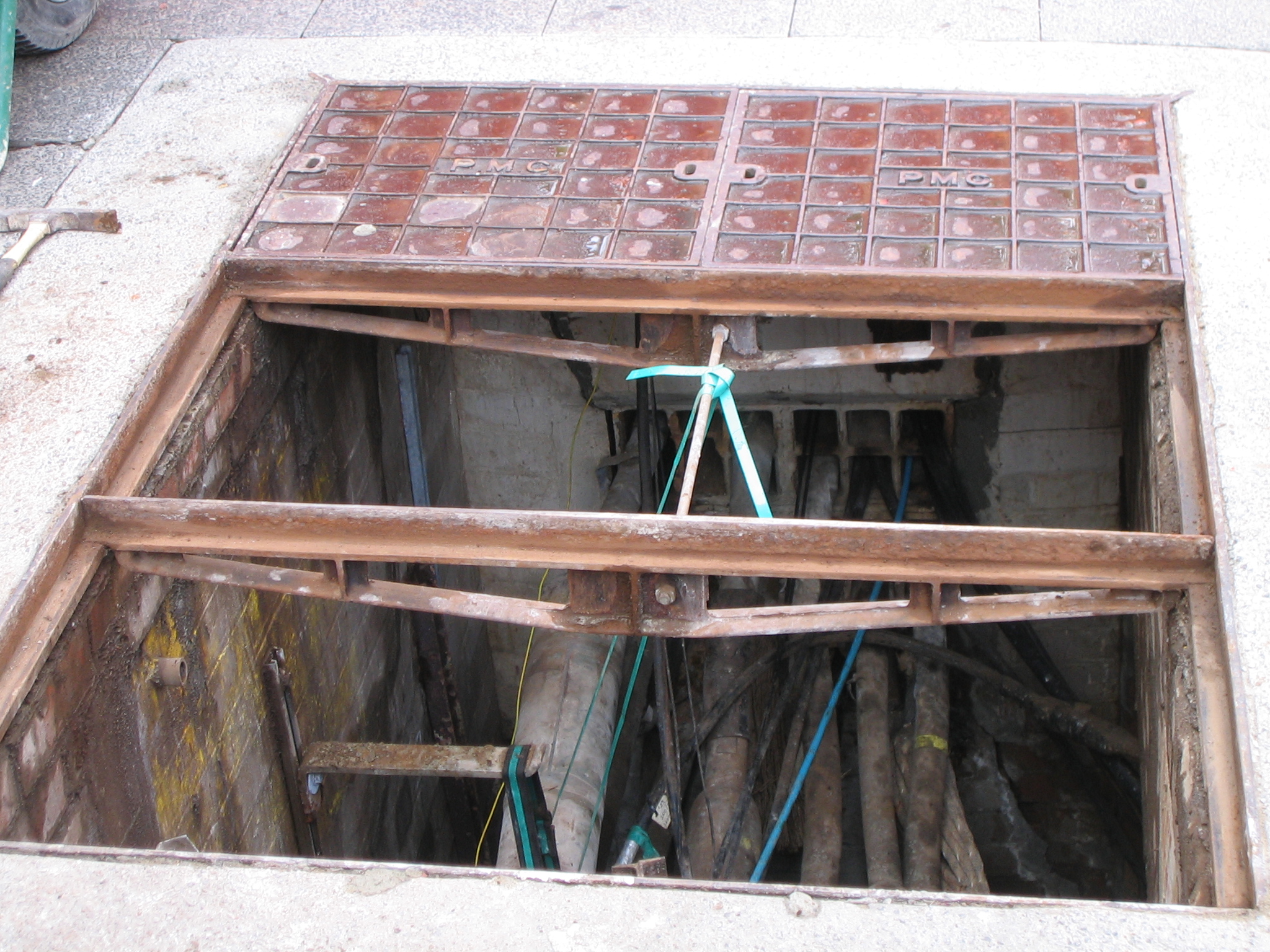|
Doug Cash
Earl Douglas Cash (15 July 1919 – 15 February 2002) was an Australian politician. He was a member of the Liberal Party of Australia, Liberal Party and served in the Australian House of Representatives, House of Representatives from 1958 to 1961, representing the Western Australian seat of Division of Stirling, Stirling. He was defeated after a single term but later served in the Western Australian Legislative Assembly from 1968 to 1971, representing the seat of Electoral district of Mirrabooka, Mirrabooka. Early life Cash was born on 15 July 1919 in Gladstone, Manitoba, Canada. He was the son of Sarah Cecile Elizabeth () and Walter Gurnet Cash. His father was born in Iowa and moved to Canada as a child, working on the Canadian Pacific Railway and later as a hotel proprietor and storekeeper. His mother was born in Blackburn, England, and immmigrated to Canada as a young woman. Cash spent his early years in Deloraine, Manitoba. The family moved to Vancouver in 1922 and immi ... [...More Info...] [...Related Items...] OR: [Wikipedia] [Google] [Baidu] |
Division Of Stirling
The Division of Stirling was an Divisions of the Australian House of Representatives, Australian electoral division in the inner northern and beachside suburbs of Perth, Western Australia, which included a large portion of the local government area of the City of Stirling. History The electorate was created in the Western Australia redistribution of 10 August 1955, and was named after James Stirling (Royal Navy officer), Sir James Stirling, the 19th-century founding lieutenant governor and governor of Western Australia. Stirling covered a demographically diverse area, including several affluent beachside suburbs, as well as working class areas further inland. As a result, Stirling was often a marginal seat, alternating between the Australian Labor Party and the Liberal Party of Australia. Unlike some marginal seats on the east coast, such as Division of Eden-Monaro, Eden-Monaro, Stirling was not often seen as a reliable barometer for winning government. For example, longtime ... [...More Info...] [...Related Items...] OR: [Wikipedia] [Google] [Baidu] |
South Fremantle, Western Australia
South Fremantle is a suburb of Perth, Western Australia, located within the City of Fremantle. History The first development in the area may have been when Richard Goldsmith Meares established a lime-burning kiln in 1831. Meares had arrived at the Swan River Colony with Thomas Peel in the previous year. As the area was adjacent to the relatively safe harbour of Owen's Anchorage in Cockburn Sound, the area began to be used as an alternative destination point for ship arrivals. In 1898, a railway was built from Fremantle to Robb Jetty. At that time, an abattoir was built for slaughter of livestock arriving from the north-west of the state including the Kimberley region of Western Australia, Kimberley Region. Livestock were unloaded from the ships onto a jetty. Extensive pasturing for the animals as well as small market gardens were established in the region around the abattoir. The Coogee Hotel, Western Australia, Coogee Hotel was built in 1901, and in 1903 the railway was ex ... [...More Info...] [...Related Items...] OR: [Wikipedia] [Google] [Baidu] |
Geraldton
Geraldton (Wajarri language, Wajarri: ''Jambinu'', Wilunyu language, Wilunyu: ''Jambinbirri'') is a coastal city in the Mid West (Western Australia), Mid West region of Western Australia, north of the state capital, Perth. As of the , Geraldton had an urban population of 38,595. Geraldton is the seat of government for the City of Greater Geraldton, which also incorporates the town of Mullewa, Western Australia, Mullewa, Walkaway, Western Australia, Walkaway and large rural areas previously forming the shires of Shire of Greenough, Greenough and Shire of Mullewa, Mullewa. The Port of Geraldton is a major west coast seaport. Geraldton is an important service and logistics centre for regional mining, fishing, wheat, sheep and tourism industries. History Aboriginal Clear evidence has established Aboriginal Australians, Aboriginal people living on the west coast of Australia for at least 40,000 years, though at present it is unclear when the first Aboriginal people reached the ar ... [...More Info...] [...Related Items...] OR: [Wikipedia] [Google] [Baidu] |
Royal Australian Air Force
The Royal Australian Air Force (RAAF) is the principal Air force, aerial warfare force of Australia, a part of the Australian Defence Force (ADF) along with the Royal Australian Navy and the Australian Army. Constitutionally the Governor-General of Australia, governor-general of Australia is the de jure commander-in-chief of the Australian Defence Force. The Royal Australian Air Force is commanded by the Chief of Air Force (Australia), Chief of Air Force (CAF), who is subordinate to the Chief of the Defence Force (Australia), Chief of the Defence Force (CDF). The CAF is also directly responsible to the Minister for Defence (Australia), Minister for Defence, with the Department of Defence (Australia), Department of Defence administering the ADF and the Air Force. Formed in March 1921, as the Australian Air Force, through the separation of the Australian Air Corps from the Army in January 1920, which in turn amalgamated the separate aerial services of both the Army and Navy. It d ... [...More Info...] [...Related Items...] OR: [Wikipedia] [Google] [Baidu] |
28th Battalion (Australia)
The 28th Battalion was an infantry battalion of the Australian Army. It was raised in early 1915 as part of the First Australian Imperial Force for service during the First World War and formed part of the 7th Brigade (Australia), 7th Brigade, attached to the 2nd Division (Australia), 2nd Division. It fought during the final stages of the Gallipoli campaign in late 1915 and then on the Western Front (World War I), Western Front between 1916 and 1918. At the end of the war, the 28th was disbanded in 1919 but was re-raised in 1921, as a part-time unit based in Western Australia. During the Second World War, the 28th undertook defensive duties in Australia for the majority of the conflict, before seeing action against the Japanese in the New Britain campaign in 1944–1945. The battalion was disbanded in March 1946 but was re-formed in 1948 as an amalgamated unit with the 16th Battalion (Australia), 16th Battalion, before being unlinked in 1952 and re-raised as a full battalion ... [...More Info...] [...Related Items...] OR: [Wikipedia] [Google] [Baidu] |
Citizen Military Forces
The Australian Army Reserve is a collective name given to the military reserve force, reserve units of the Australian Army. Since the Federation of Australia in 1901, the reserve military force has been known by many names, including the Citizens Forces, the Citizen Military Forces, the Militia and, unofficially, the Australian Military Forces. In 1980, however, the current name—Australian Army Reserve—was officially adopted, and it now consists of a number of components based around the level of commitment and training obligation that its members are required to meet. Overview For the first half of the 20th century, due to a widespread distrust of permanent military forces in Australia, the reserve military forces were the primary focus of Australian military planning.Grey 2008, pp. 66–83. Following the end of World War II, however, this focus gradually shifted due to the changing strategic environment, and the requirement for a higher readiness force available to support ... [...More Info...] [...Related Items...] OR: [Wikipedia] [Google] [Baidu] |
Amalgamated Postal Workers Union Of Australia
The Australian Postal and Telecommunications Union (APTU) was an Australian trade union which represented a wide range of employees in the postal and telecommunication industries, including postmen, postal and mail officers, delivery drivers, storemen, linesmen and telegram messengers. It was founded in 1925 and merged into the Communication Workers Union of Australia (CWU) in 1992. History The union was formed on 1 July 1925 as the Amalgamated Postal Linemen's, Sorters' and Letter Carriers' Union of Australia, through the amalgamation of the previously-independent Australian Postal Linesmen's Union, Australian Letter Carriers Association Australian(s) may refer to: Australia * Australia, a country * Australians, citizens of the Commonwealth of Australia ** European Australians ** Anglo-Celtic Australians, Australians descended principally from British colonists ** Aboriginal Aus ... and Postal Sorters Union of Australia. The amalgamation process was opposed by the Vi ... [...More Info...] [...Related Items...] OR: [Wikipedia] [Google] [Baidu] |
Kalgoorlie
Kalgoorlie-Boulder (or just Kalgoorlie) is a city in the Goldfields–Esperance region of Western Australia, located east-northeast of Perth at the end of the Great Eastern Highway. It is referred to as Kalgoorlie–Boulder as the surrounding urban area includes the historic townsite of Boulder and the local government area is the City of Kalgoorlie–Boulder. Kalgoorlie–Boulder lies on the traditional lands of the Wangkatja group of peoples. The name "Kalgoorlie" is derived from the Wangai word ''Karlkurla'' or ''Kulgooluh'', meaning "place of the silky pears". The city was established in 1893 during the Western Australian gold rushes. It soon replaced Coolgardie as the largest settlement on the Eastern Goldfields. Kalgoorlie is the ultimate destination of the Goldfields Water Supply Scheme and the Golden Pipeline Heritage Trail. The nearby Super Pit gold mine was Australia's largest open-cut gold mine for many years. During August 2021, Kalgoorlie–Boulder ... [...More Info...] [...Related Items...] OR: [Wikipedia] [Google] [Baidu] |
Norseman, Western Australia
Norseman is a town located in the Goldfields-Esperance region of Western Australia along the Coolgardie-Esperance Highway, east of Perth and above sea level. It is also the starting point of the Eyre Highway, and the last major town in Western Australia before the South Australian border to the east. At the 2021 census, Norseman had a population of 562, of whom 17% were Aboriginal. History The quest for gold led to the establishment of Norseman, on the traditional land of the Ngadju. Today there are a number of small goldmining operations in the area but only the Central Norseman Gold Corporation can be considered a major producer. Gold was first found in the Norseman area in 1892, about 10 km south of the town, near Dundas. The "Dundas Field" was proclaimed in August 1893 and a townsite gazetted there. In August 1894, Lawrence Sinclair, his brother George Sinclair, and Jack Alsopp discovered a rich gold reef. Sinclair named it after his horse, Hardy Norseman. The f ... [...More Info...] [...Related Items...] OR: [Wikipedia] [Google] [Baidu] |
Eastern Goldfields
The Eastern Goldfields is part of the Western Australian Goldfields in the Goldfields-Esperance region of Western Australia, covering the present and former gold-mining area east of Perth. Extent and name origin The region encompasses the towns of Kalgoorlie, Boulder, Coolgardie, Kambalda, Southern Cross and other smaller settlements within this area. The name is derived in two parts: ''Eastern'' in relation to its location from Perth, and ''Goldfields'' as the name suggests comes from the mining of gold in the region. Vegetation and biological survey In the 1980s, a series of surveys were reported for the broader region. The component areas were designated: * Lake Johnston - Hyden * Edjudina - Menzies * Youanmi - Leonora * Duketon - Sir Samuel * Kurnalpi - Kalgoorlie * Norseman - Balladonia * Sandston - Sir Samuel and Leonora - Laverton * Boorabbin - Southern Cross and Barlee - Menzies Transport The region was the destination of the long-running '' Westland'' overnight r ... [...More Info...] [...Related Items...] OR: [Wikipedia] [Google] [Baidu] |
Postmaster-General's Department
The Postmaster-General's Department (PMG) was a department of the Australian federal government, established at Federation in 1901, whose responsibilities included the provision of postal and telegraphic services throughout Australia. It was abolished in December 1975 and replaced by the Postal and Telecommunications Department. Two separate legal entities had been established in July 1975 to take over the department's operations: Telecom Australia (colloquially "Telecom"; later became Telstra) and Australia Post. History The Postmaster-General's Department was created in 1901 to take over all postal and telegraphy services in Australia from the states and administer them on a national basis. The department was administered by the postmaster-general. The first permanent secretary of the department was Sir Robert Townley Scott, who held office from 1 July 1901 until his retirement on 31 December 1910. In its first 25 years, the department grew from 6,000 to 10,000 of ... [...More Info...] [...Related Items...] OR: [Wikipedia] [Google] [Baidu] |






